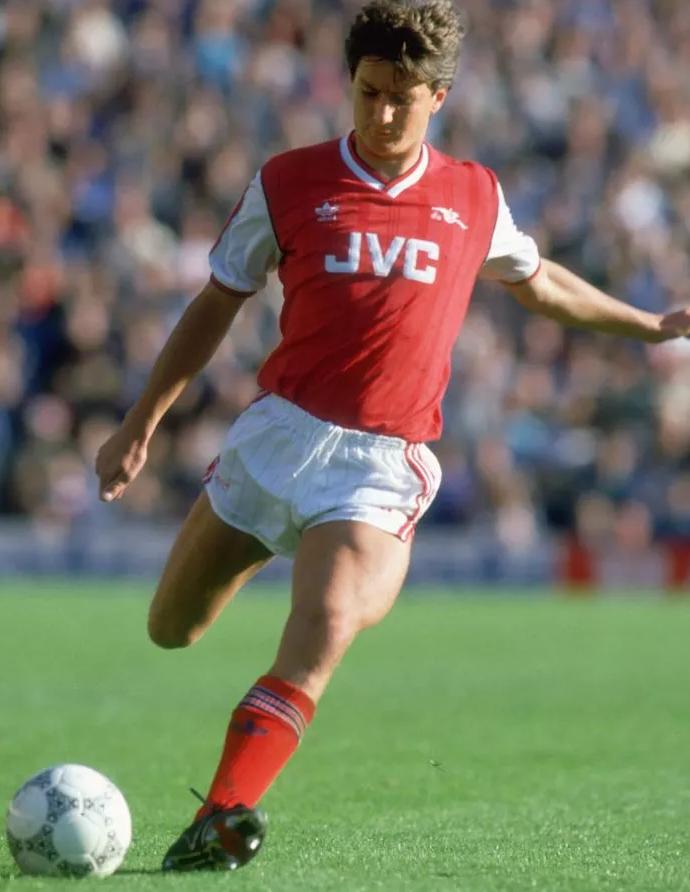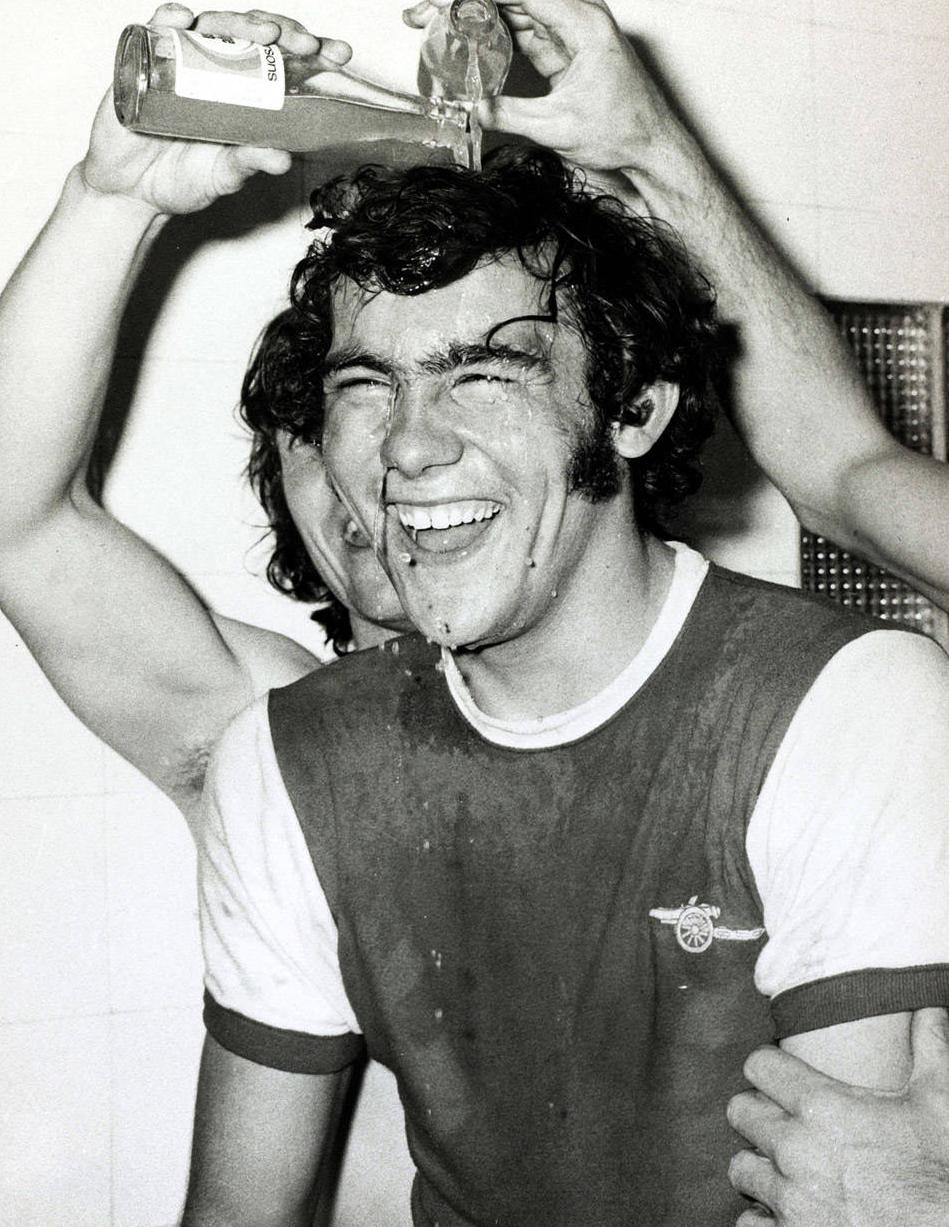
2 minute read
Eras that shaped the club
from Red & White (1)
by Oscarfw
1886-1970
1971-1981
Advertisement
1981-1986
1986-1994
1994-1999
1999-2002
2002-2006
2006-2014
Unidentified
2014-2019
2019 - present
First Division trophies
1930/31, 1932/33, 1933/34, 1934/35, 1937/38, 1947/48, 1952/53, 1970/71, 1988/89, 1990/91
Premier
League 1997/98, 2001/02, 2003/04
FA Cup
1929/30, 1935/36, 1949/50, 1970/71, 1978/79, 1992/93, 1997/98, 2001/02, 2002/03, 2004/05, 2013/14, 2014/15, 2016/17, 2019/20
Shaping the Future
“The original kit was a dark red, with long sleeves, a collar and three buttons down the front.”
In the vast tapestry of football's rich history, few clubs have managed to carve out a distinct and unmistakable identity quite like Arsenal FC. Through their iconic shirts, Arsenal has woven a narrative that tells the story of a club steeped in tradition, resilience, and the pursuit of excellence. From the early days of humble beginnings to the global stage of modern football, Arsenal's shirts have played a pivotal role in shaping their unique identity and capturing the hearts of millions of fans around the world. At the core of this identity lies the deep connection between Arsenal and their shirts, a connection that goes far beyond mere fabric and design. To understand the significance of Arsenal’s shirts, we must delve into the roots of the club itself. Founded by a group of munitions workers in Woolwich,
South London, in 1886, Arsenal FC initially adopted a dark red shirt, a color reminiscent of the attire worn by the very factory workers who birthed the club. This choice of color not only paid homage to their industrial origins but also laid the foundation for the club’s enduring identity. As the decades rolled on, Arsenal’s shirts evolved and adapted, reflecting the changing times and the club’s growing stature. However, it was the introduction of sponsors that truly transformed Arsenal’s shirts into a canvas of identity. With each new sponsorship deal, the club forged a unique relationship, combining sporting excellence with commercial viability. These partnerships not only provided financial support but also became intrinsic to Arsenal’s image and global appeal.
“In late 1886, a gaggle of workers from the Woolwich Arsenal Armament Factory decided to form a football team. They called themselves Dial Square as a reference to the sundial at the top of the entrance to the factory.”

Shaping the Future
This book explores the captivating journey of Arsenal's shirts, tracing the iconic moments, the triumphs, and the challenges that have shaped the club's identity through sponsorship. From their early collaborations with brands such as JVC and Dreamcast to the modern-day partnerships with Puma and Adidas, each chapter delves into the design, significance, and impact of these iconic shirts. Beyond the fabric and colors, Arsenal’s shirts tell a story of unity, passion, and the unwavering dedication of players, managers, and supporters alike. They stand as symbols of the club’s legacy and the indomitable spirit that has carried Arsenal through triumphs and setbacks. From the earliest days of dark red to the modern era of vibrant designs, Arsenal’s shirts have transcended the realms of sport, becoming a powerful medium through which, the club has connected with its global fan base. Through the lens of sponsorship, we delve into the rich tapestry of Arsenal’s shirts, celebrating the beauty, the passion, and the enduring legacy they have created for one of football’s most storied clubs.
“Arsenal's title triumph was the first by a team south of Birmingham and heralded five titles in eight seasons for the Gunners, the period that elevated them to the highest echelons of the game.”







